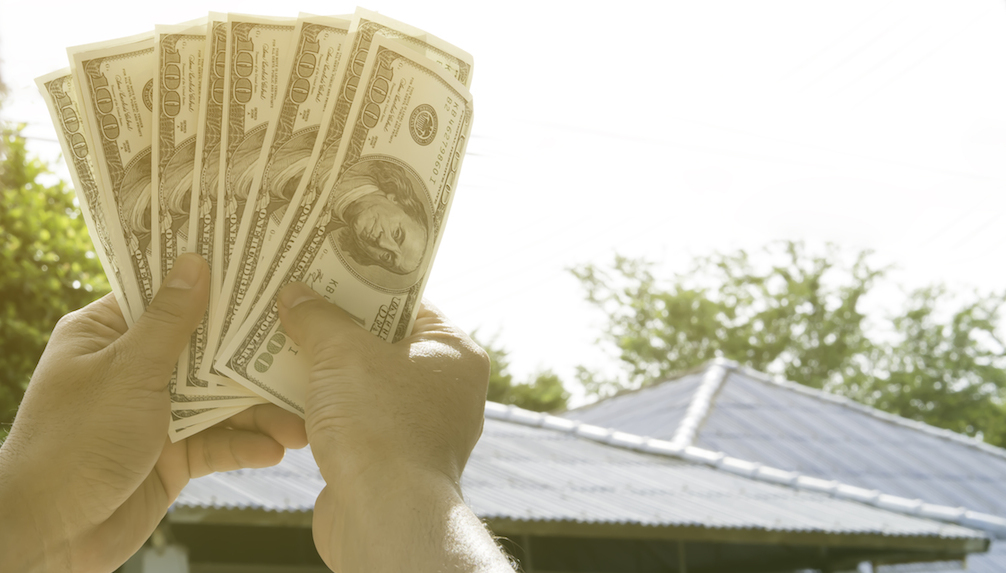Interest rates have been creeping upward this past year, and experts predict another hike is coming this spring. But some homeowners are still trading in their old mortgage rate for a new one in order to access their equity in cash.
While overall refinance activity is down, cash-out refis are up – and while true across the board, the trend is glaringly apparent among government-backed loans.
Of all refinances on government-backed loans offered by the Federal Housing Administration and the Department of Veterans Affairs, 76% were cash-outs – the highest share in the 20 years that this data has been collected, according to CoreLogic.
More than 106,000 cash-out refis were backed by the government in 2018 – more than twice the number in 2014, CoreLogic data revealed.
But 2017 totals were even higher, climbing past 123,000. Still, this pales in comparison to 2008, which saw just under 200,000 government-backed cash-outs.
Recent FHA data reveals that the agency’s cash-out activity rose to 35% of total refi volume in 2018, compared with 23% the year before.
Ginnie Mae, which backs VA loans, is also grappling with a jolt of cash-out refinances. Cash-outs comprised 86% of all VA refinancing in September, up from 30% two years prior, according to Bloomberg.
Ginnie Mae attributes the surge to a change in requirements that toughen standards for VA refis but don’t apply to cash-outs, a loophole it is reportedly planning to address.
But conventional lending is also seeing a surge in cash-out refis, even though total refi activity is low.
CoreLogic data shows that conventional cash-outs comprised 56% of total refis in 2018, up 10% from the previous year and edging close to 2006’s high of 63%.
So what does this mean?
Homeowners know their homes are appreciating, and they’re looking to make use of that hard-earned equity, said CoreLogic’s Deputy Chief Economist Ralph McLaughlin.
The prevalence of cash-outs among government-backed loans might also suggest that for those with less-than-stellar credit and fewer alternatives, refinancing to extract cash is one solid option left on the table. These borrowers may not have a lot of resources, but they do have their home equity.
“It reflects fundamentally a change in the type of cash-out refi borrower,” McLaughlin said. “We went from a borrower who was your classic 20% borrower, with two steady incomes in a household that saw a decent home price appreciation, to one who also saw some home price appreciation, but maybe for whatever reason, doesn’t have the best credit score out there or maybe serves in the military and is looking to tap out some of that equity but wasn’t able to do so using conventional financing.”
While McLaughlin said an uptick in cash-outs does present increased risks to the agencies that back these loans, he doesn’t think it’s too concerning.
“Given that the number of overall cash-out refinancing in the marketplace is relatively low, that suggests to me that it’s probably not a problematic risk, even though it’s higher than it was three, four, five years ago,” he said.
McLaughlin predicts that this upward trend of cash-out activity for low- to middle-income homeowners will continue into 2019.
“I would expect cash-out refis on the government side to continue to rise through the remainder of his year, barring no major macro-economic disturbances,” he said.






